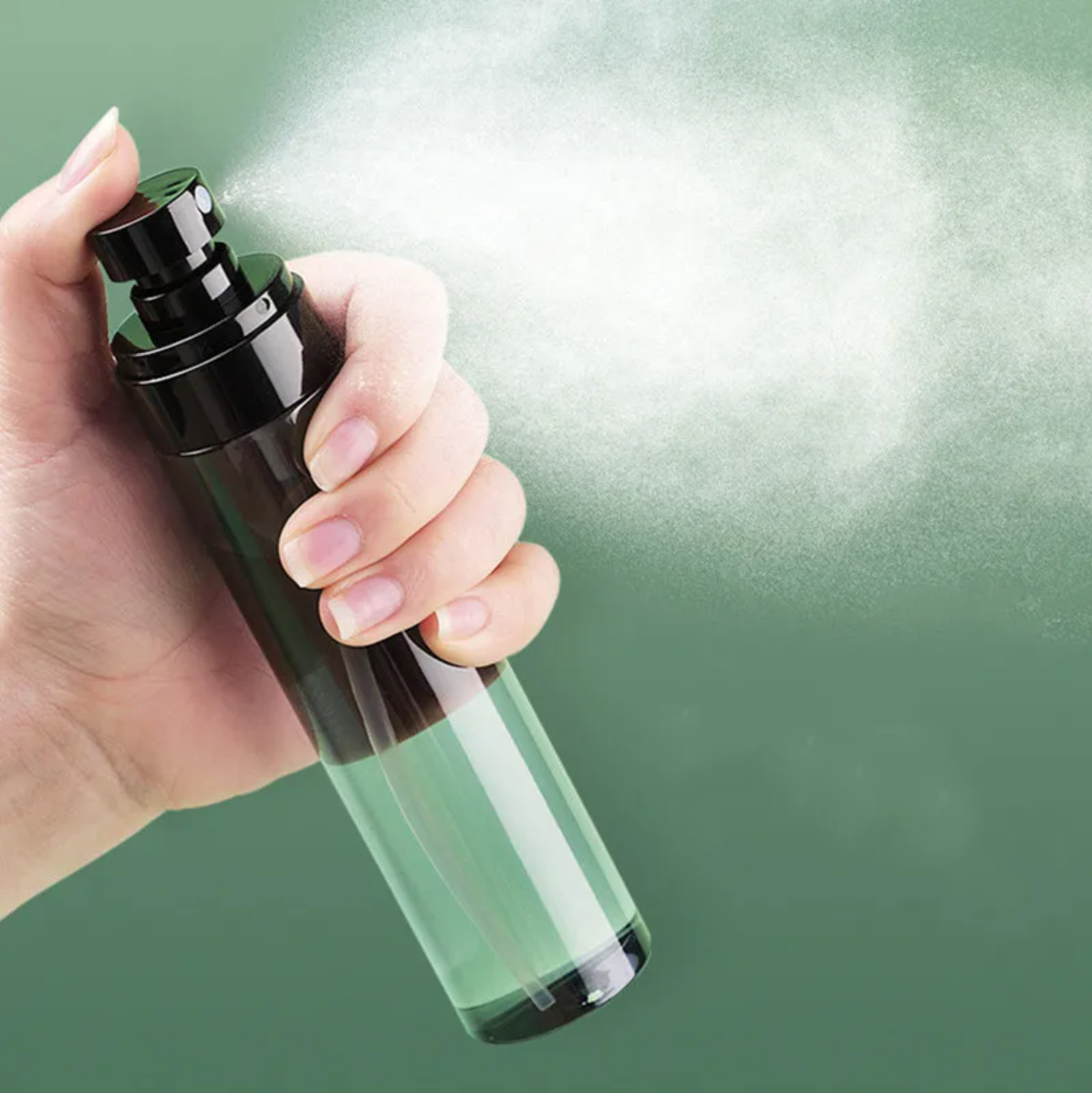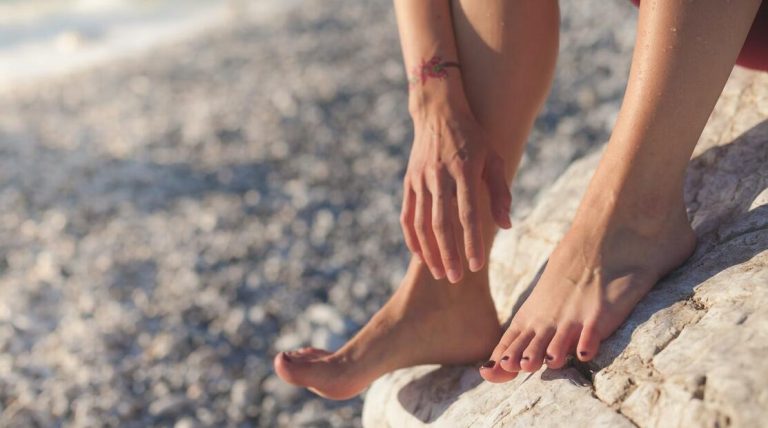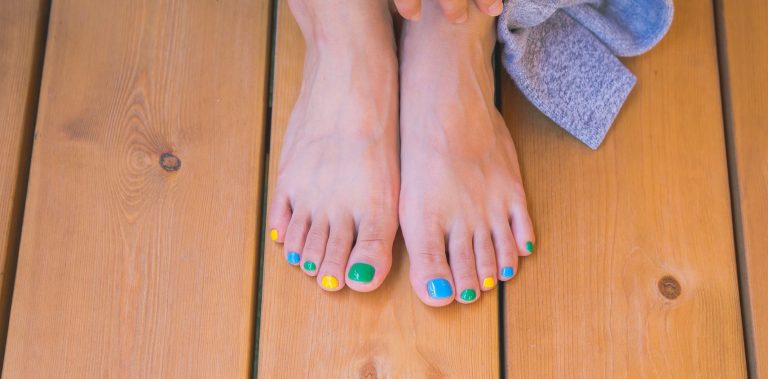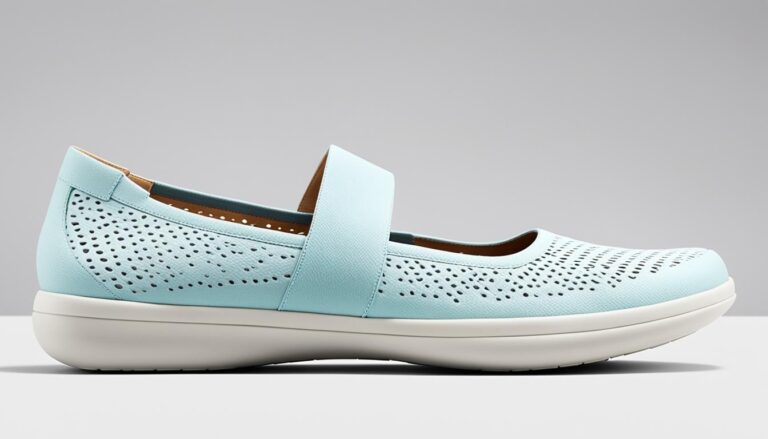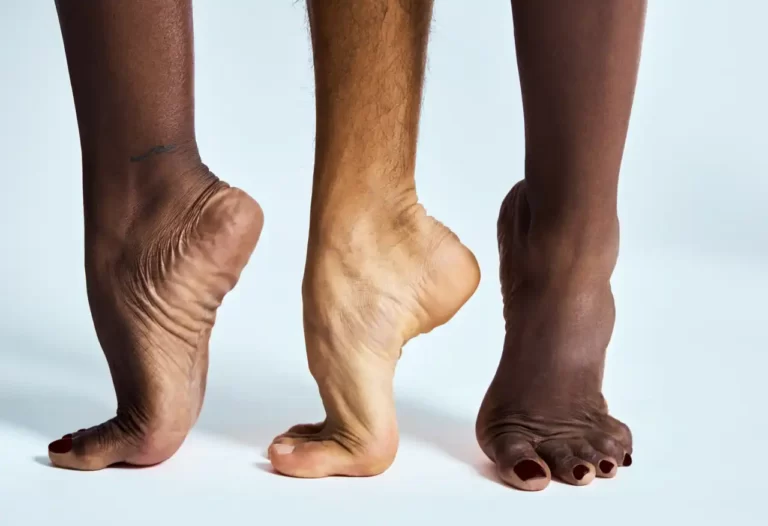Insole Maintenance: A Guide to Keeping Your Feet Happy
Taking care of your insoles is vital for your feet. This guide is for anyone dealing with foot odor, old insoles or who just wants healthy feet. We’ll share tips on cleaning, making them smell good, and when to replace them. Plus, learn how to make your insoles last longer. This will ensure your feet stay in top condition.
Key Takeaways
- Proper insole maintenance is crucial for foot health and comfort.
- Cleaning, deodorizing, and replacing insoles can extend their lifespan and performance.
- Antimicrobial and breathable insoles can help prevent odor and promote foot hygiene.
- Conditioning and protecting insoles can prolong their durability.
- Adhering to insole replacement guidelines ensures optimal foot support and comfort.
Understanding Insole Maintenance
Maintaining your insoles is key for foot care. Insoles support your feet and absorb shock. They stop foot pain, blisters, and calluses. After some time, insoles wear out and can smell. This affects their job and might cause foot issues.
Why Insole Care Matters
Taking care of your insoles is crucial for foot health. Badly kept insoles can make your feet smell. They can also lose their support, making your feet hurt. Spending time on your insoles can make your shoes more comfortable. It improves your foot health, too.
Common Insole Issues
Insoles often get flat, smelly, or worn out. This happens from everyday use. To keep your feet protected, clean and replace your insoles when needed. This maintenance makes sure your insoles do their job well.
Insole Cleaning Techniques
Keeping your insoles clean is key to making them last longer. It’s also essential for your feet’s health and comfort. We will look at how to get rid of odors and stains. Plus, we’ll talk about the best way to dry your insoles so they’re perfectly clean and ready to use.
Removing Odors and Stains
Your insoles can start smelling bad or look stained fast. This can make them less comfy and not as healthy for your feet. To fix this, use a gentle cleaner made for insoles. Scrub the insoles with a soft brush. Focus on spots that get a lot of wear and look for stains. This will kill bacteria, remove stains, and make your insoles look and smell fresh again.
Proper Drying Methods
After washing your insoles, it’s important to dry them completely before wearing them again. The best way to do this is by air-drying. This method stops mold from growing on your insoles. Leave them in a sunny place or by a fan to dry out. Waiting for them to dry is crucial. It will extend the lifespan of your insoles and keep your feet happy.
Insole Deodorizing Strategies
Foot odor is a common issue, mostly due to bacteria and sweat in your insoles. At Insole Maintenance, we know the key to happy feet is fresh insoles. That’s why we’re sharing top deodorizing tips to fight off bad smells.
One top tip is using antimicrobial insoles. They stop odor-causing bacteria in its tracks. This means your shoes will smell great. Antimicrobial technology keeps your feet comfortable by fighting off bad smells.
Choosing insoles made from breathable materials is also important. Think about insoles with fabrics that wick away moisture and foam that lets air flow. These keep your shoes smelling fresh and your feet feeling great.
Use these deodorizing tips to say goodbye to stinky feet. With some care, your feet will be healthy and you’ll feel more confident.
Insole Replacement Guidelines
Our feet take us places, and insoles help us on the journey by giving support and comfort. But, with time, these insoles wear out. We’ll look at when to change them and how to pick the best ones for you.
Signs You Need New Insoles
Figuring out when your insoles need changing is key for good foot health. Some signs you should look for are:
- Visible wear and tear, such as flattened or compressed areas
- Reduced cushioning and support, causing persistent foot discomfort
- Noticeable odors or stains that cannot be effectively cleaned
- Deterioration of the insole material, leading to instability or lack of grip
If you see these signs, it’s time for new insoles to keep your feet happy and healthy.
Choosing the Right Insoles
When you’re picking new insoles, think about your foot health needs. Think about the following:
- Arch support: make sure you get the support your arches need, whether they’re high, medium, or low.
- Cushioning and shock absorption: Find insoles with lots of cushioning to cut down on foot pain.
- Breathability: Opt for insoles that are breathable to keep feet cool and stop smells.
- Durability: Choose insoles that last, so you’re not changing them all the time.
Finding the right insoles is worth it because it means more comfort, better foot health, and longer-lasting shoe inserts.
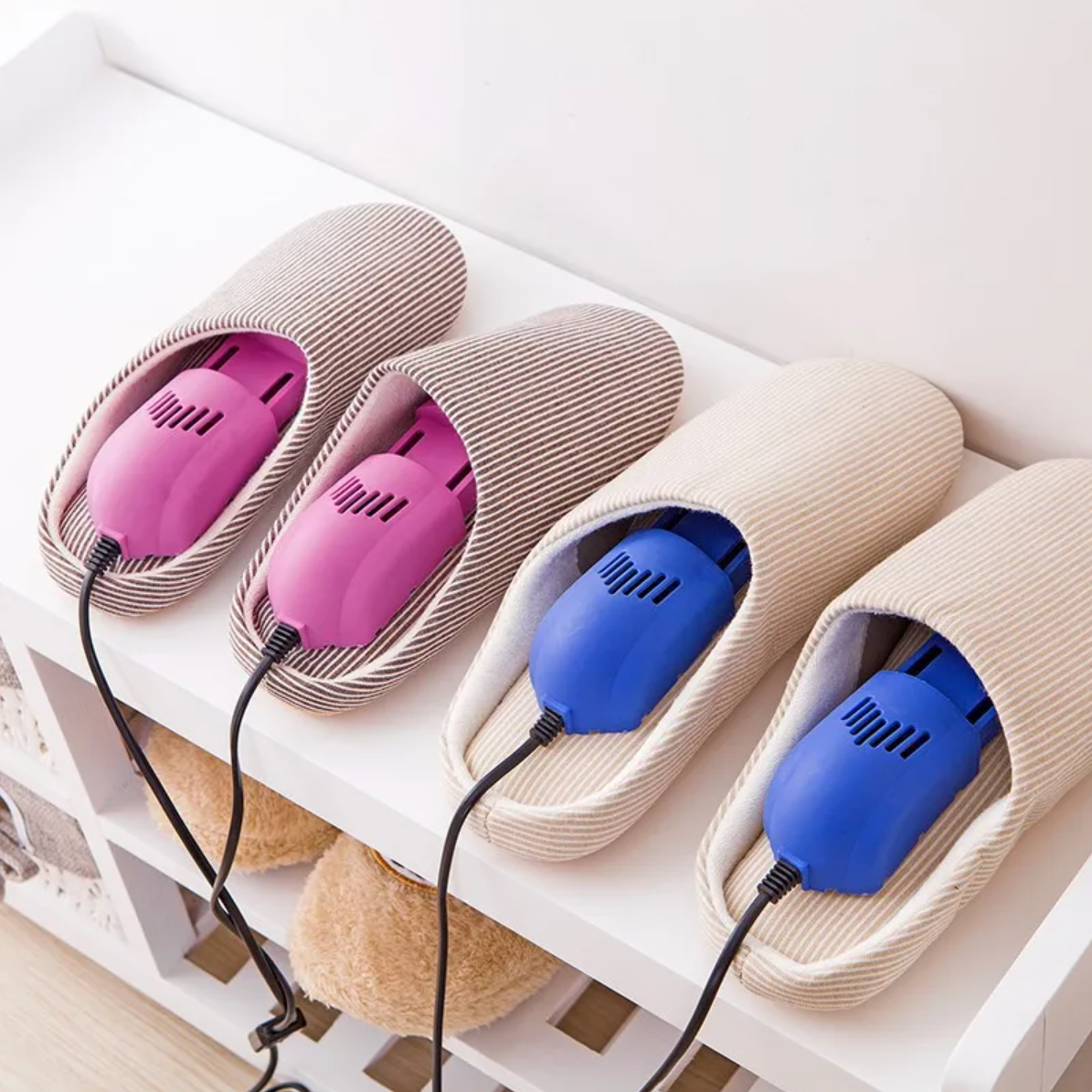
Insole Conditioning and Protection
To keep your insoles in great shape, it’s vital to care for them. By following proper care steps, your shoes will stay effective and supportive longer. This helps your feet stay healthy and clean.
Extending Insole Lifespan
Regular conditioning is key to extending insole life. Use special conditioners to keep the materials in good shape and restore cushioning. This can stop them from wearing out too soon.
Also, applying a waterproof treatment will protect them from wet conditions. This helps avoid damage from moisture over time.
When you’re not using them, store your insoles well. A cool, dry spot away from sun or heat keeps them in good condition. These steps will keep your insoles supportive and comfy for longer, even with heavy use.
Foot Odor Prevention with Insoles
Foot odor is really annoying and can make you feel self-conscious. But with the right insoles, you can manage it well. We will look into antimicrobial insole options and breathable insole materials. These can tackle foot odor and keep your feet healthy and fresh.
Antimicrobial Insole Options
Antimicrobial insoles fight off bacteria that cause bad smells. They use materials like silver or copper to stop these tiny creatures. Opting for these insoles means your feet will smell better. You’ll feel more sure about your foot health, too.
Breathable Insole Materials
The stuff in your insoles is just as important for preventing foot odor. Breathable insole materials let air move freely around your feet. They stop sweat and dampness from building up. This helps steer clear of bacteria and the smell they bring.
Choosing insoles with the right materials and features is key. It helps you avoid foot odor and keep your feet in top condition. Doing this doesn’t just make your feet smell nice. It also boosts your comfort and confidence all day long.
Insole Maintenance
Maintaining your insoles is ongoing and needs cleaning, deodorizing, and sometimes, conditioning or replacing. We’ll tell you how to look after your insoles, which helps keep your feet happy. Follow these tips for great foot comfort, support, and to control odors.
Cleaning your insoles is key to keeping them fresh. Do this at least weekly, especially if they get dirty often. Use mild soap with warm water. Clean the insoles gently to remove dirt and stains. Always let them dry before putting them back in your shoes.
Deodorizing your insoles fights bad smells. Use sprays or powders that stop bacteria growth. Make sure your insoles are completely dry before wearing your shoes again.
Conditioning insoles keeps them soft and supportive longer. Use special conditioners or, for leather, leather conditioners. Apply the conditioner a few months or when insoles feel hard or dry.
Even with the best care, your insoles will wear out. Watch for signs like thin or flat cushioning. Replace your insoles every 6-12 months or sooner if needed, for better foot health and hygiene.
Caring for Shoe Inserts
Standard insoles are found in most of our shoes. But, many people use special inserts, like orthotics, for foot issues or extra support. Taking good care of these is important to make them last longer and keep the feet healthy and clean.
Orthotic Cleaning Tips
Orthotics need careful cleaning to work well. First, wipe them with a damp cloth to remove dirt. Don’t put them in water, which can damage them. Use mild soap and water for tough stains or smells. Make sure they’re completely dry before using them again to avoid mold.
Odor Removal Techniques
Shoe inserts can smell bad from sweat and bacteria. To get rid of these smells, use an insole deodorizer or spray. These products fight odors, making your inserts fresh again. Letting them air out and using them in well-ventilated shoes can also help.
By looking after your shoe inserts, you make them last and keep your feet healthy. Cleaning orthotics and fighting odors are key. This way, your feet are comfortable and supported all day.
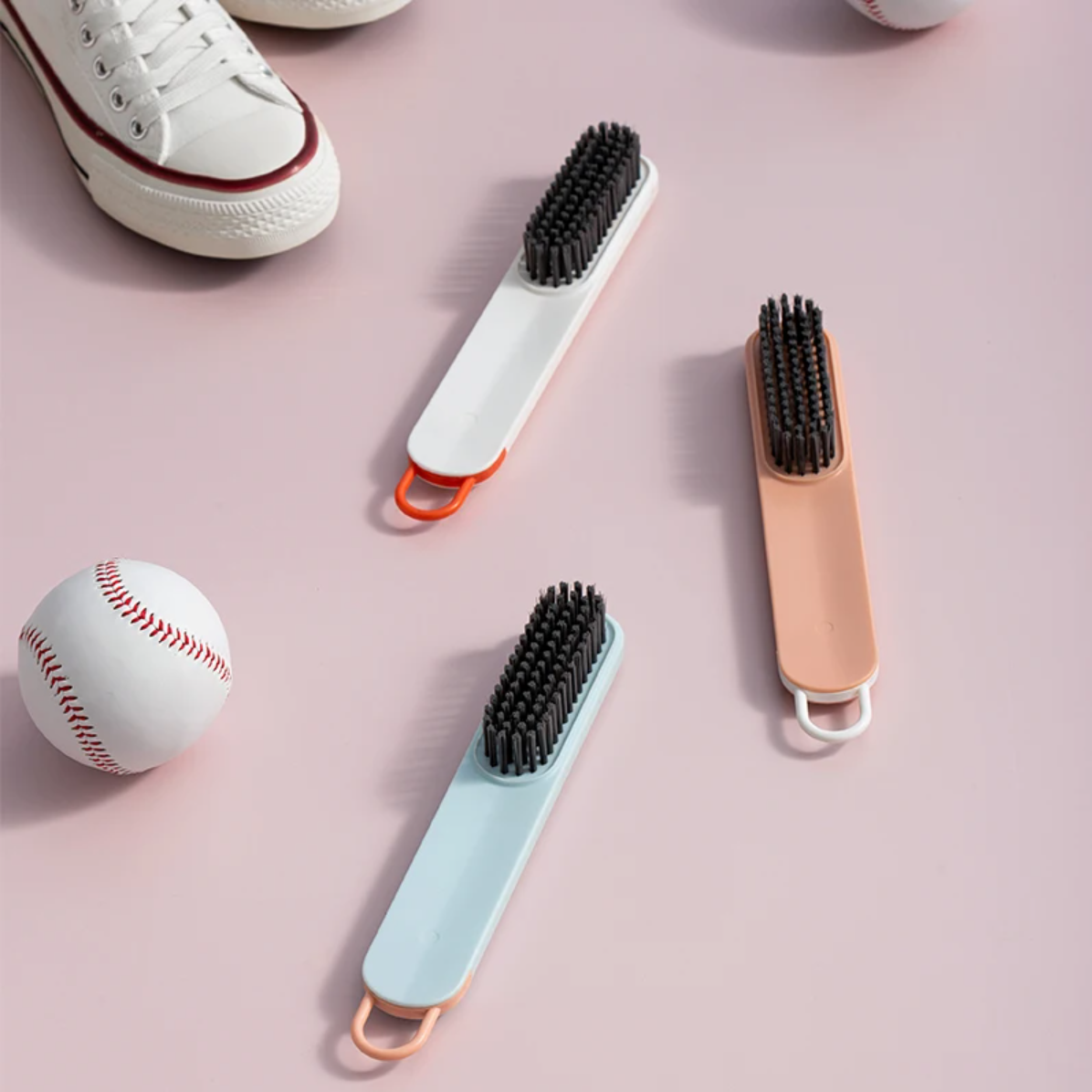
Antimicrobial Insole Treatments
Antimicrobial insole treatments are a big deal for keeping our feet healthy and smelling good. They stop the growth of bacteria that cause bad smells. This makes our shoes last longer and lowers the chance of getting foot infections. So, we get to feel comfy and keep our feet smelling fresh.
Benefits of Antimicrobial Insoles
Using antimicrobial insoles has many pluses for our foot health and cleanliness. The main one is fighting the bacteria that make our feet smell. These insoles have special tech to stop these germs from growing, which means our feet stay fresh. Plus, the insoles last longer, so we don’t have to buy new ones all the time.
Also, antimicrobial insoles help lower the danger of foot infections. They make it hard for harmful germs to stay in our shoes. This is really good for people with weak immune systems or those who often have foot issues. It helps keep common foot problems like athlete’s foot away.
In general, using insoles with antimicrobial treatments is smart for keeping our feet clean and healthy. We get the perks of nicer-smelling feet, longer-lasting insoles, and a smaller chance of getting foot infections. It all adds up to feeling more comfy and sure about our feet.
Prolonging Insole Lifespan
Keeping your insoles in top shape is key for lasting comfort. By using smart methods to condition, protect, and keep insoles clean, we extend their life. Doing this means your shoes will stay fresh and comfy longer.
Tips for Maximizing Insole Durability
To make your insoles last longer, try these tips:
Insole Conditioning: Use special conditioners regularly to keep insoles from wearing out too soon. These conditioning products help the material stay soft and strong.
Insole Protection: Apply waterproofing to avoid moisture damage. This layer will help keep the insoles intact, making them last longer.
Insole Maintenance: Clean and get rid of odors from your insoles often. This simple step can do a lot to maintain their quality.
Following these strategies for insole care will serve you well. You’ll get to keep using your insoles, keeping feet healthy and shoes smelling fresh.
Insole Replacement Guide
Our feet wear down the insoles of our shoes with daily use. Well-maintained insoles will still need to be replaced. This ensures comfort, support, and foot health. This guide will show you when to replace insoles and how to properly get rid of old ones.
When to Replace Insoles
It’s key to watch the condition of your insoles for foot health. Signs that you need new ones include:
- Wear and tear like compression, cracking, or thinning material
- Less cushioning and support, causing foot discomfort or pain
- Bad smells that persist after cleaning
- Loss of arch support or changes in shape
Replacing insoles as needed keeps your feet healthy and your shoes comfy.
Proper Insole Disposal
Disposing of insoles responsibly is important. Don’t just throw them in the trash. This can harm the environment.
Here are ecologic ways to get rid of insoles:
- Recycle them if a program is available
- Find new uses for them, like in craft or as pet bedding
- If they have harmful materials, take them to a local hazardous waste facility
Disposing of insoles properly helps the planet and supports a greener future.
Conclusion
Looking after your insoles is key for foot health and well-being. By using the tips in this article, we can make our insoles last longer. This will make our feet comfy and smell-free. Always take good care of your insoles to look after your feet.
We’ve talked about how important insole maintenance is. We learned how to clean and keep them from smelling. Also, we discussed when to get new insoles. If we follow these tips, we’ll keep our feet healthy and clean.
We hope you start taking care of your insoles from now on. Doing so will make your feet feel better. Using our insole care advice will change how you feel every day. Good insole maintenance can truly improve your life.

